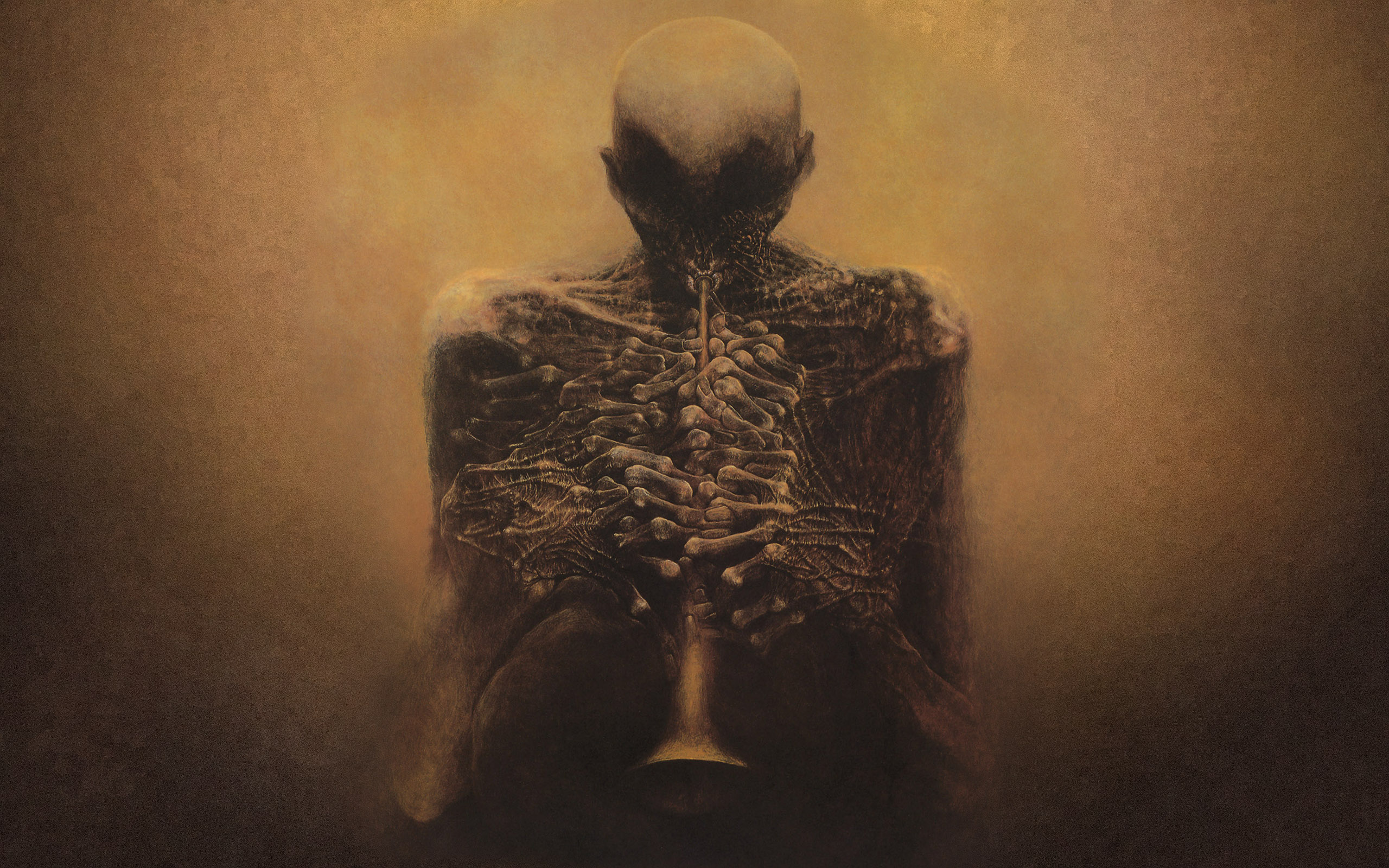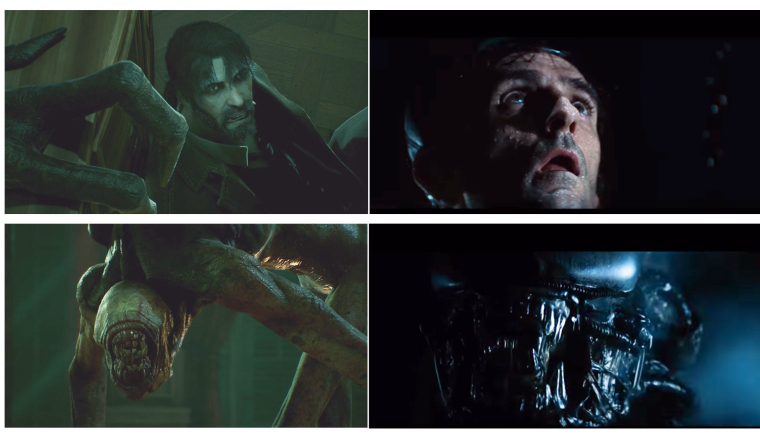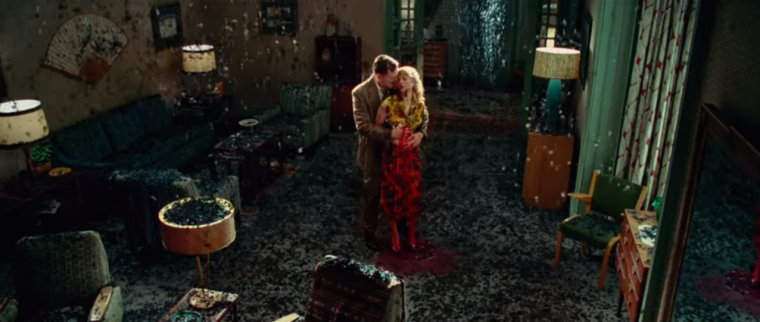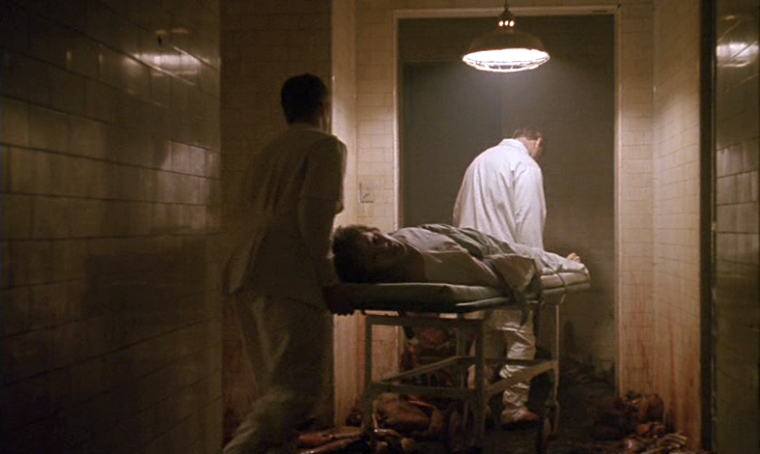As we near the October 30 release of Call of Cthulhu, we’re taking a closer look at the game’s development through a series of Devblogs, each presented by a different member of Cyanide Studio’s team. Today, we’re joining Lead Artist Rémi Mennerat as he explores Call of Cthulhu’s artistic direction.
My name is Rémi Mennerat. I have classical art, architecture and interior design training and have been working in the video game industry for 25 years. I'm Lead Artist and Environment Art Director on Call of Cthulhu. This means I'm responsible for the overall visual aspect of the environments, in cooperation with the designers and story tellers, and in charge of a team of talented environment artists to create in-game sceneries, props, vehicles, buildings, and other architecture.
Call of Cthulhu is set in the 1920s on an isolated Island that has been cut off from the rest of the world for quite some time. We did a lot of research in order to be as accurate as we could and provide an exciting game experience. The player is immersed in a rich environment with a lot of new interesting things to discover.
Above all Lovecraft stories revolve around worlds that are beyond our own, worlds that cannot be understood by a human being, and are therefore beyond description. In his own words: "When we cross the line to the boundless and hideous unknown (...) we must remember to leave our humanity and terrestrialism at the threshold"
Fortunately for the artists who have to show Lovecraft's universe the glimpses of info are revealed in diluted form in his stories. The narrator's descriptions are always very evocative but often amorphous. The things witnessed are so horrible that the description is outrageous, making us doubt the reliability of the description itself.
The challenge was to make 3D and 2D graphics showing these "almost impossible to describe" perceptions.
In Call of Cthulhu, you play as Edward Pierce. He’s a hard-boiled detective, alcoholic, and a loner. Do not expect a bright and shiny world. As the story unfurls don't expect things to improve either - get ready for some creepy discoveries!
As soon as Edward Pierce sets foot on the docks he is dwarfed by the peaks of Darkwater Island. The sharp rocks surrounding the bay make the place look like a trap. The buildings are falling apart - it is obvious that a lot of strange things are going on here.
Much more questions arise than what brought our private detective here in the first place. Just taking a look at the environment opens up new mysteries: the buildings look like it used to be a place teeming with life. What happened here? Why do people live in such an obviously unfriendly place? What is this dead orca lying on the docks? What are these green lights?
If you are making an immersive investigation game, you should not use props just because they "look great". Every good artist can make a cool prop. What you want to avoid is a mishmash of "cool looking" things that don’t end up saying anything.
Each time we created or used a prop in an environment we asked ourselves a lot of questions: What is it doing here? Who brought it here? How long has it been here? Does its state of decay tell something about it?
For example, the trees in the mansion garden are gnarled and twisted, they seem to have been there forever. They are leafless, but still seem to be firmly holding on. The creaking, menacing old mansion itself is crying out to be explored. It is uninhabited but really looks like it is hiding some dangerous secrets. In real life you would certainly would not want to visit such a place - in a game it's exciting to do so!
Lovecraft’s works are all about hidden details. As reality is always veiled in some places, what you see is not always what you think it is. When you build a Lovecraftian environment,
you are always juggling between showing or hiding things.
Film Noir movies have a method that does this in order to convey mystery. It is a lighting technique called chiaroscuro: the use of strong contrasts between light and dark. It makes volumes stand out and creates dramatic moods. To add even more mystery, there is a lot of smoke and fog in Film Noirs - we use them a lot as well. It also served the gameplay because light and dark are a very important of the game design.
We used specific colours for each environment and the colour palettes are not random - they also tell stories. In an almost monochromatic picture a brightly-coloured object will stand out and be very dramatic.
When Edward Pierce arrives at the docks, the mood is very heavy. The sun is muffled, colours make everything look sick and it makes you feel uneasy. It is a harsh contrast with his warm daylight Boston office he just left.
If you want to make artists happy just ask them to produce crazy stuff! Creating crazy environments is the fun part and we sometimes had to remove some of them because they did not serve the story. A lot of crazy 3D work didn't find its way into the final game.
You can see glimpses of the turned down mad environments in some of the paintings you will come across. As a matter of fact, you will find several Easter eggs hidden in the paintings.
Depicting madness is also a challenge because it often requires coordination with all the different fields of work of the team: animation, post production, animatics, sound, special effects, programming etc...and all this for things that sometimes appear for just a few seconds on the screen!
Lovecraft's books are our base but his descriptions are literary and he did not have movies or video games in mind when he wrote them. For the lighting and the moods, a lot of movies with good photography and paintings have fed our work.
Orson Well's "Citizen Kane" and Riddley Scott's "Blade Runner" make good use of the chiaroscuro technique. Painters like George de La Tour, Rembrant are also good references for this technique.
The overall dramatic aspects of the island and landscapes are strongly inspired by 19th century romantic landscape painters, especially Caspar David Friedrich.
Alfred Hitchcock's "Psycho" was referenced for the idea of a menacing Victorian mansion on top of a hill. This setting was pure genius and it has since been used countless times in horror movies. Victorian mansions have almost become synonymous to haunted houses in movies (he was inspired by the Addams family House from the television series and an Edward Hopper painting for that setting).
Apart from the mansion, we have tried to avoid as much as possible any gothic inspiration. Partly because they are at risk of seeming corny, as we have seen them countless times in horror games and movies. Another artist that comes to my mind for his crazy stuff is
Zdzisław Beksiński.
And last but not least: nature. The real world is of boundless inspiration for all artists and no human will ever match such creativity!
The most important thing about Call of Cthulhu is that we have managed to create our own stuff. The artists from the team often brought lot of inspiration to each other. It was very pleasant to always have fresh visions each week and we used each other's ideas for our own work.
What we have created has an identity of its own, it is something new and, who knows, it might inspire other people in the future!


































